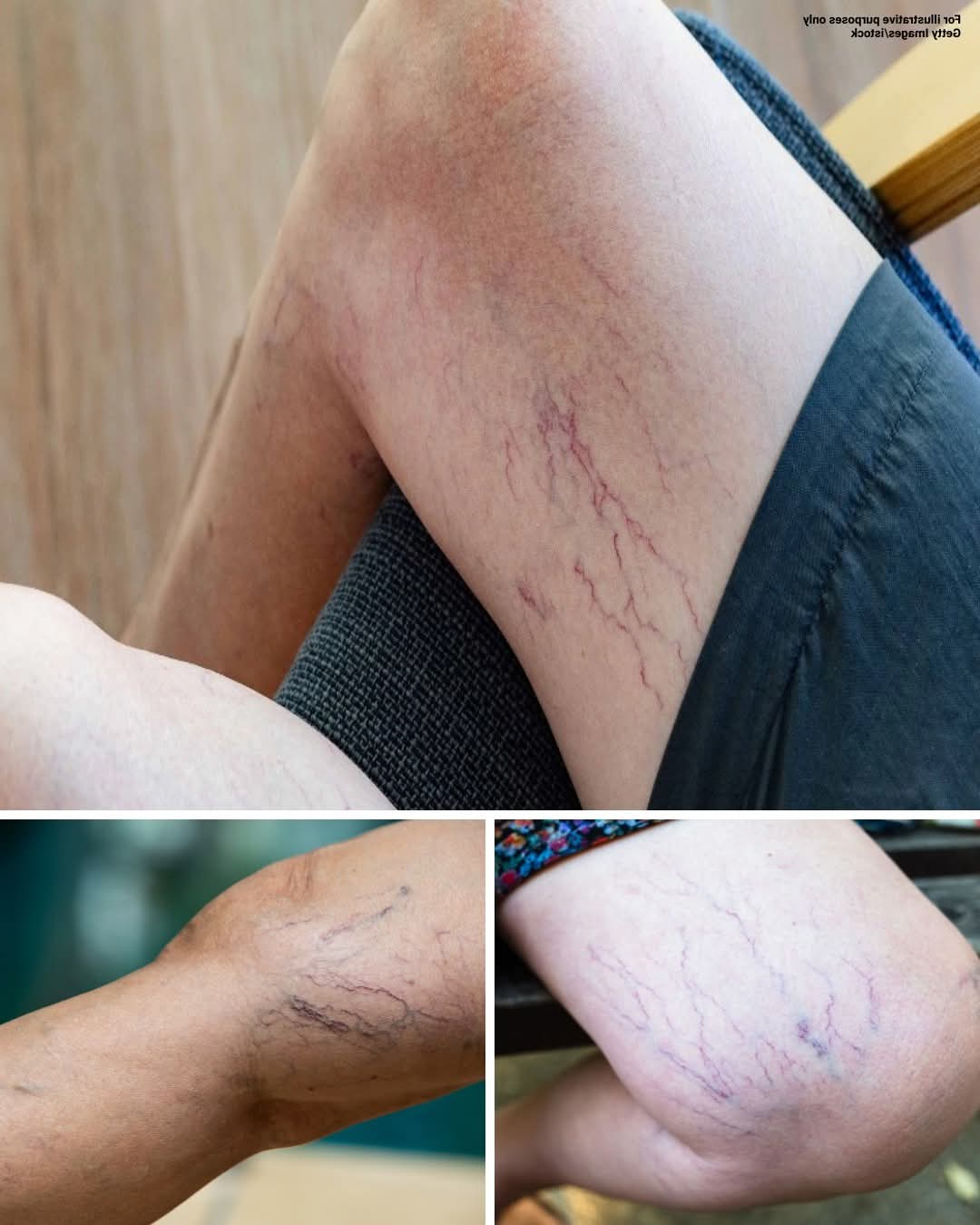Weak or Damaged Vein Valves
Veins contain one-way valves that keep blood flowing toward the heart. If these valves weaken or fail, blood can pool, causing veins to enlarge and appear purple.Genetics
Family history plays a major role. If your parents or grandparents had varicose veins, you may be more prone to developing them.Age
As we age, veins lose elasticity, and valves may weaken, leading to visible veins.Prolonged Standing or Sitting
Jobs or lifestyles that require long periods of standing or sitting increase pressure in the leg veins, which can lead to varicose veins.Pregnancy
Pregnancy increases blood volume, and hormonal changes relax vein walls, which may result in purple veins.Obesity
Extra weight adds pressure on veins, contributing to vein enlargement.
Symptoms Associated with Purple Veins
Visible blue, purple, or red veins on the legs
Swelling, heaviness, or aching in the legs
Burning or throbbing sensations
Itching around the veins
Skin changes, such as discoloration or dryness, in severe cases
